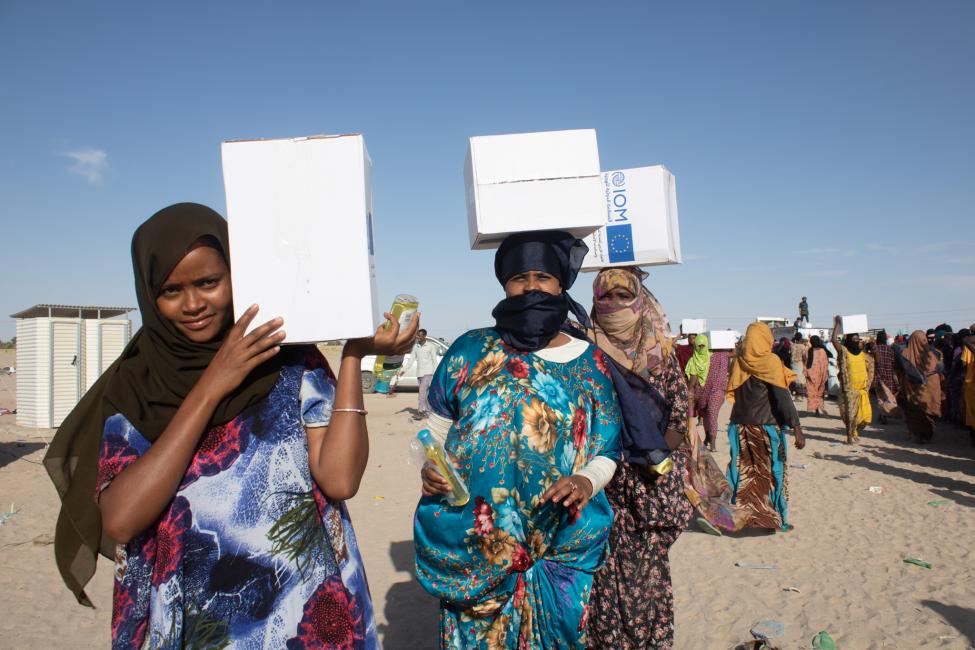modelcampusa.com – Yemen, a country in the Arabian Peninsula, has been enduring one of the most severe humanitarian crises in the world. The ongoing conflict has devastated the nation, leading to widespread poverty, famine, and the collapse of essential services. Amidst this turmoil, international aid has played a pivotal role in Yemen’s recovery and stabilization efforts.
Historical Context
The conflict in Yemen has its roots in political instability and regional power struggles. Since 2015, the situation has escalated into a full-blown war, causing massive displacement and suffering. International aid organizations have been stepping in to provide much-needed assistance to the millions affected by the conflict.
Humanitarian Aid: Immediate Relief
International aid agencies have been instrumental in delivering humanitarian relief to the people of Yemen. Organizations such as the United Nations, Red Cross, and numerous non-governmental organizations have provided food, clean water, medical supplies, and shelter to those in need. According to reports, over $23 billion in aid has been delivered since the conflict began, helping to alleviate the immediate suffering of the Yemeni people.
Development Aid: Building Resilience
Beyond immediate relief, international aid also focuses on long-term recovery and resilience building. Efforts have been made to rebuild infrastructure, restore healthcare systems, and support education initiatives. The United Nations Development Programme (UNDP) has been actively involved in supporting local governance and enhancing community resilience, which is crucial for Yemen’s recovery.
Challenges in Delivering Aid
Delivering aid in Yemen is fraught with challenges. The ongoing conflict poses significant security risks to aid workers, and there are logistical hurdles in reaching remote areas. Additionally, there have been instances where aid has been used as a political tool by conflicting parties, complicating the delivery and effectiveness of assistance.
The Importance of International Cooperation
The role of international cooperation cannot be overstated in Yemen’s recovery efforts. Collaborative efforts among donor countries, international organizations, and local entities are essential to ensure that aid reaches those who need it most. The international community must continue to advocate for peace and stability in Yemen to facilitate effective aid distribution and sustainable recovery.
Conclusion
International aid remains a lifeline for millions in Yemen. While significant progress has been made, the path to recovery is long and fraught with obstacles. Continued commitment and cooperation from the global community are essential to support Yemen in overcoming its challenges and building a peaceful and prosperous future.
